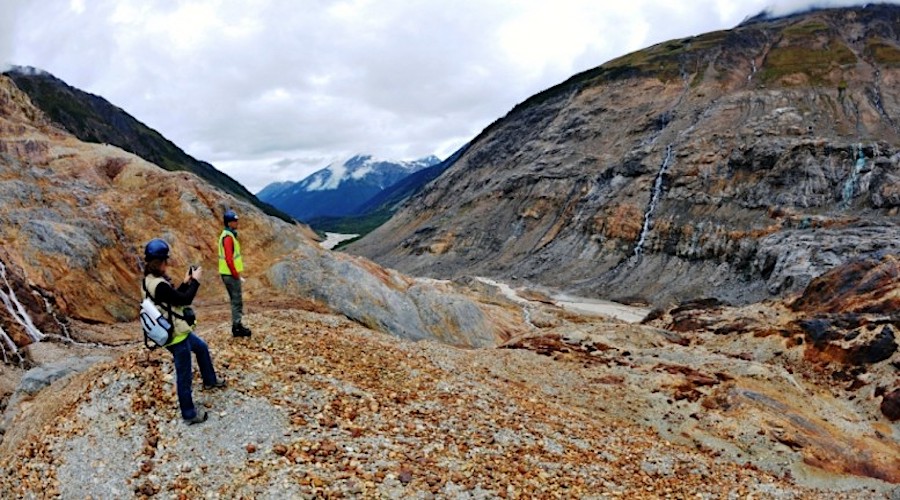New critical mineral mines in British Columbia could generate nearly C$800 billion, says MABC


In the province of British Columbia, 16 proposed critical mineral mines, worth C$36 billion in near-term investment, 300,000 person-years of employment and C$11 billion in tax revenues, are at a critical juncture, a new independent economic impact analysis conducted for the Mining Association of British Columbia (MABC) has found.
There are currently 10 metal mines, seven steelmaking coal mines and two smelters operating in BC, which is regarded as a key global mining jurisdiction. B.C. is Canada’s leading producer of copper and steelmaking coal, second largest producer of silver, and only producer of molybdenum, MABC said.
The study by Mansfield Consulting examined 14 potential critical mineral mines and two mine extensions, and found the long-term economic impact of operating these mines over several decades could be nearly C$800 billion (US$599 billion).
While Canada is aiming to become a bigger player on the world stage in terms of critical minerals supply, the mining permitting process in British Columbia is known for its lengthy delays, and finding solutions are a priority, the provincial government has said.
“The realization of benefits from these critical mineral projects is dependent on BC having competitive fiscal and regulatory policies that will attract the investment necessary to grow and sustain the sector. The provincial government’s forthcoming critical minerals strategy is fundamental to these efforts,” MABC CEO Michael Goehring said in a statement on Monday.
“This is a generational opportunity which must be seized and could position BC as a leading global supplier of responsibly-produced critical minerals. We want to move forward with the Governments of Canada and British Columbia, First Nations, local governments, and labour, to unlock critical mineral developments for the benefit of all British Columbians,” Goehring said, adding that the proposed critical mineral projects create opportunities for First Nations partnerships to advance economic reconciliation and self determination.
The study also assessed the economic benefits of advancing five proposed precious metal mines, including gold. The long-term combined impact of the proposed precious metals mines over their lifespan exceeds C$29.5 billion, creating over 96,000 person-years of employment and generating C$5.3 billion in tax revenue.
Seabridge Gold’s Kerr-Sulphurets Mitchell (KSM) project in British Columbia’s famed Golden Triangle is the world's top ranked gold project, but the last new gold mine – the Brucejack one of the highest grade gold mines in the world – went into production seven years ago.
“With the right government policy, these critical and precious mineral projects would further advance the mining and smelting sector’s foundational role in BC’s economy which includes well-paid family-supporting jobs and opportunities for service and supply businesses in both rural and urban communities,” Goehring said.
THIS ARTICLE FIRST APPEARED ON MINING.COM.
Comments